Building the Webaverse
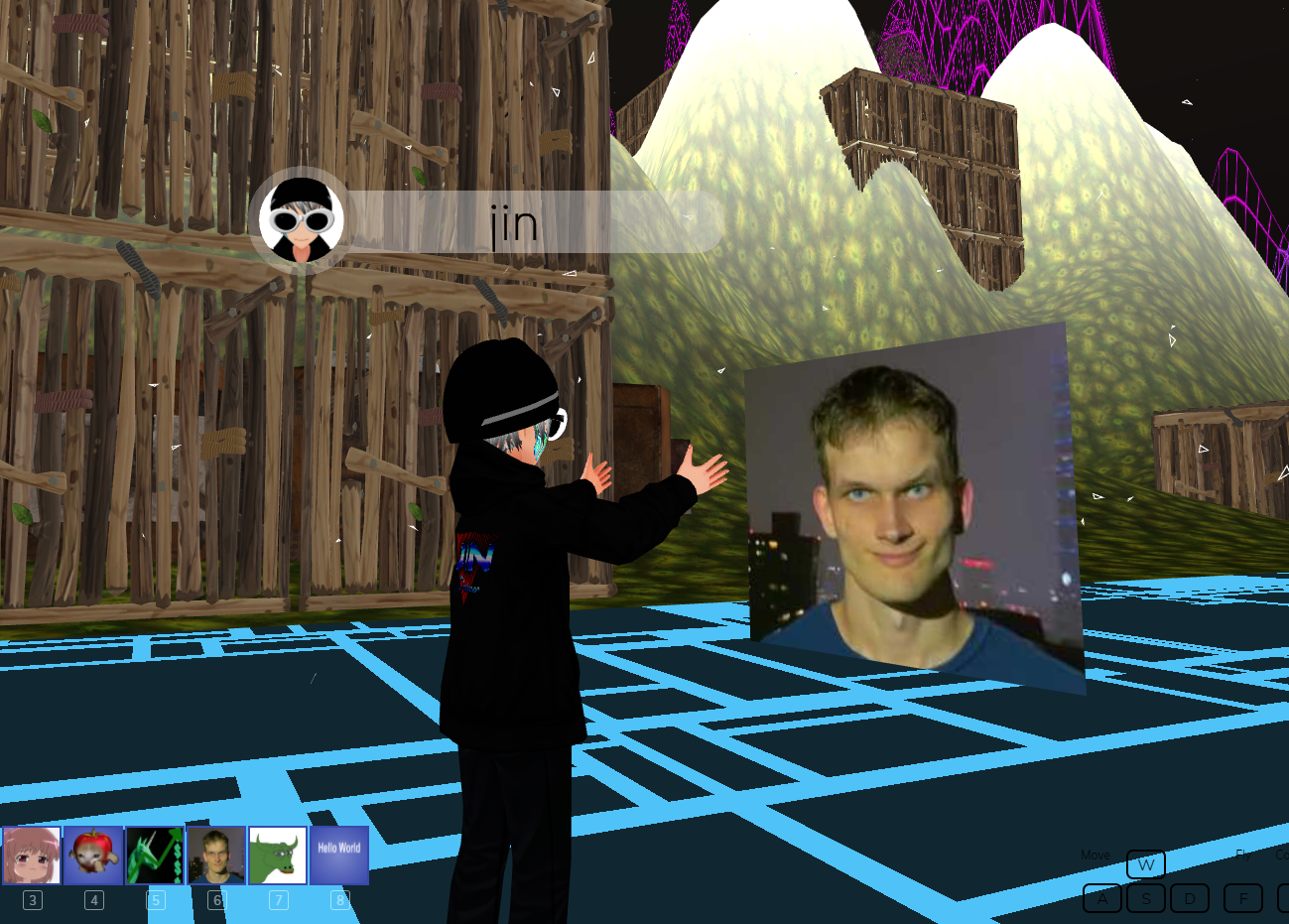
After years of projects and experiments, we arrived at 5 major parts to create the most accessible, open, and immersive virtual world users can build and monetize with.
Part one is custom avatars
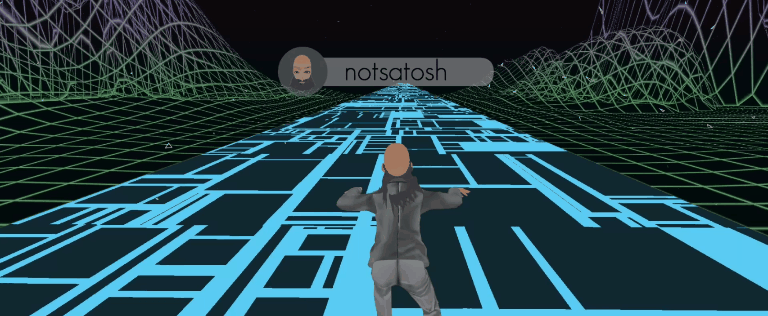
Avatars are the audio-visual representation of self. Currently they're 2D profile pages for billions of people, while new generations are growing up being used to 3D characters.
On today's metaverse platforms, avatars work like Facebook pages. The platform decides what you're allowed to be and often locked to the platform they're made in. What's so meta about vendor lock-in?
Luckily, the Japanese VR community figured out interoperable custom avatars: the VRM standard. VRM files are an extension of the widely supported glTF2.0 standard and can work between Blender, Unity, VRChat, NeosVR, Craftopia, and many other games.
After experimenting with avatar interoperability for awhile, we made it work on the web, with desktop and VR support.
Part two is the NFTs
NFTs are the ingredients of the metaverse. They are unique digital objects that contain that contain digital property rights to the stuff in your inventory. The 2D UI for these unique objects are represented as trading cards, a familiar format to collectors across the world.
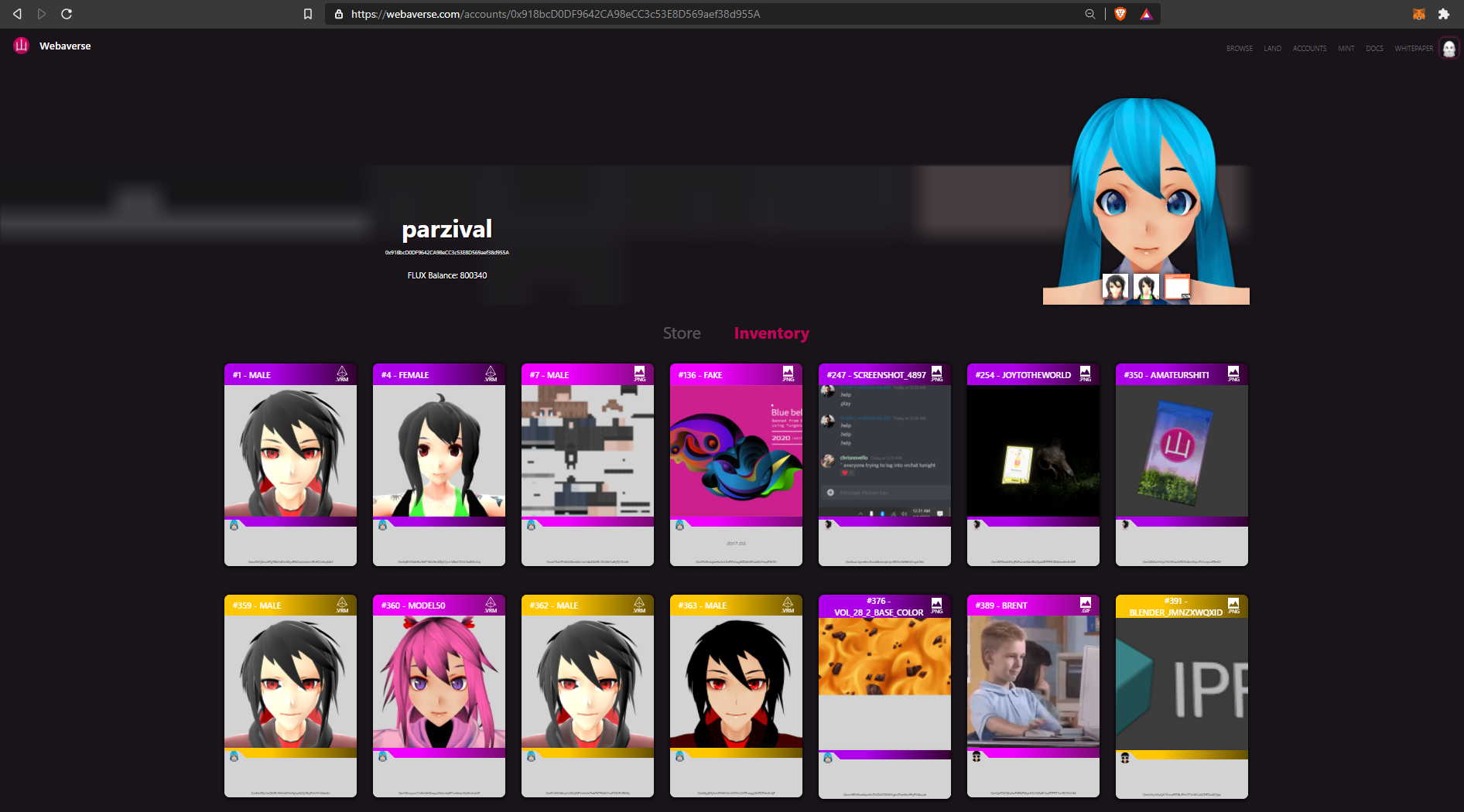
The Ethereum blockchain acts like a public good that provides verifiable proof of ownership and provenance for these digital assets. With attribution and value baked in, NFTs open up a world of possibilities for creators to make money in the virtual economy.
What if the metaverse was made out of NFTs you could use? What if you could drop a file and hold the digital object? What if your stuff was portable across worlds? What NFTs were scriptable, exportable, and standards-based?
The community is buzzing with ideas.
Part three is The Street
The Street threads the needle between all these worlds. It's the next step from scrolling a 2D page to strolling through 3D cyberspace.
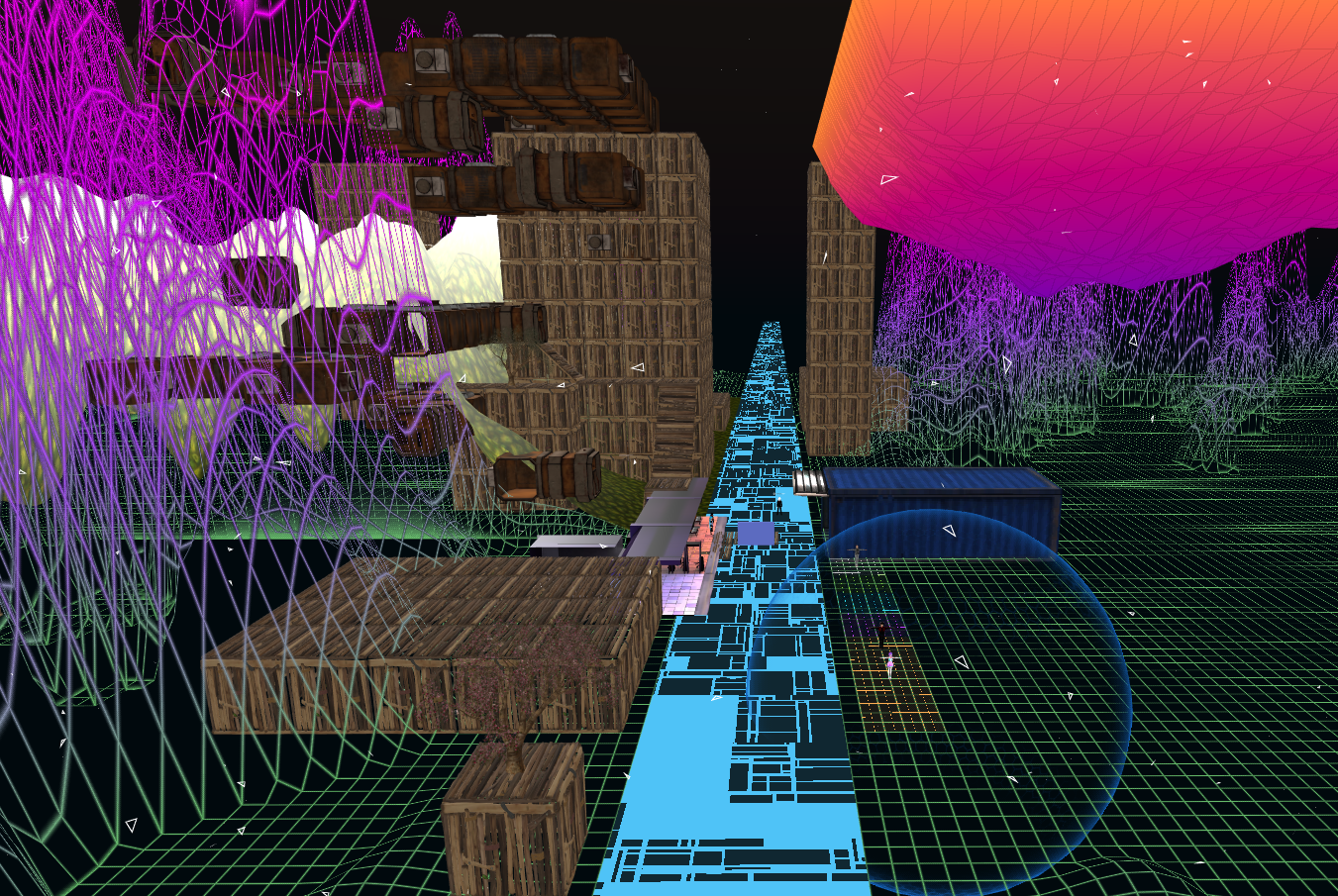
The street consists of neighborhoods imagined by cryptoartists collaborating with VR developers. Neighborhoods have unique parcels you can own, where NFTs can be placed.
Parcels can open into an infinite virtual canvas where users have freedom to build fully immersive experiences.
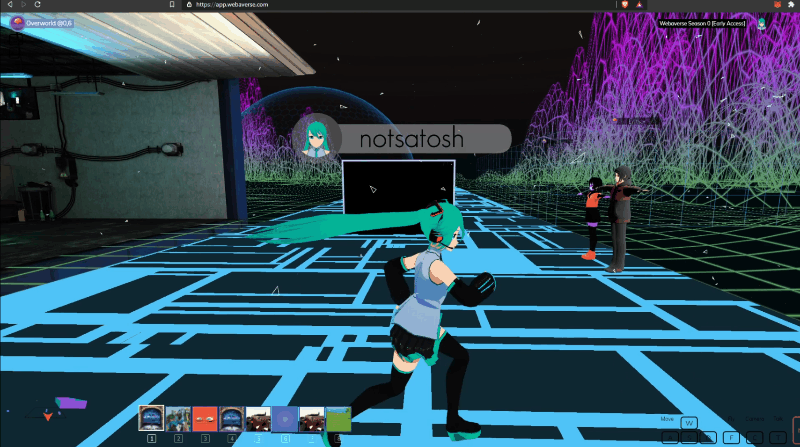
The street is multiplayer, and you control access to your parcels. We're right now exploring ways NFTs and fungible tokens can unlock access into parts of a virtual world.
The street runs in the browser, so you can quickly and easily group up with others via a URL link.
Part four is seasons
Around every 10 weeks, the street expands with a new section. Each season brings new neighborhoods, new parcels, new features, and new NFTs.
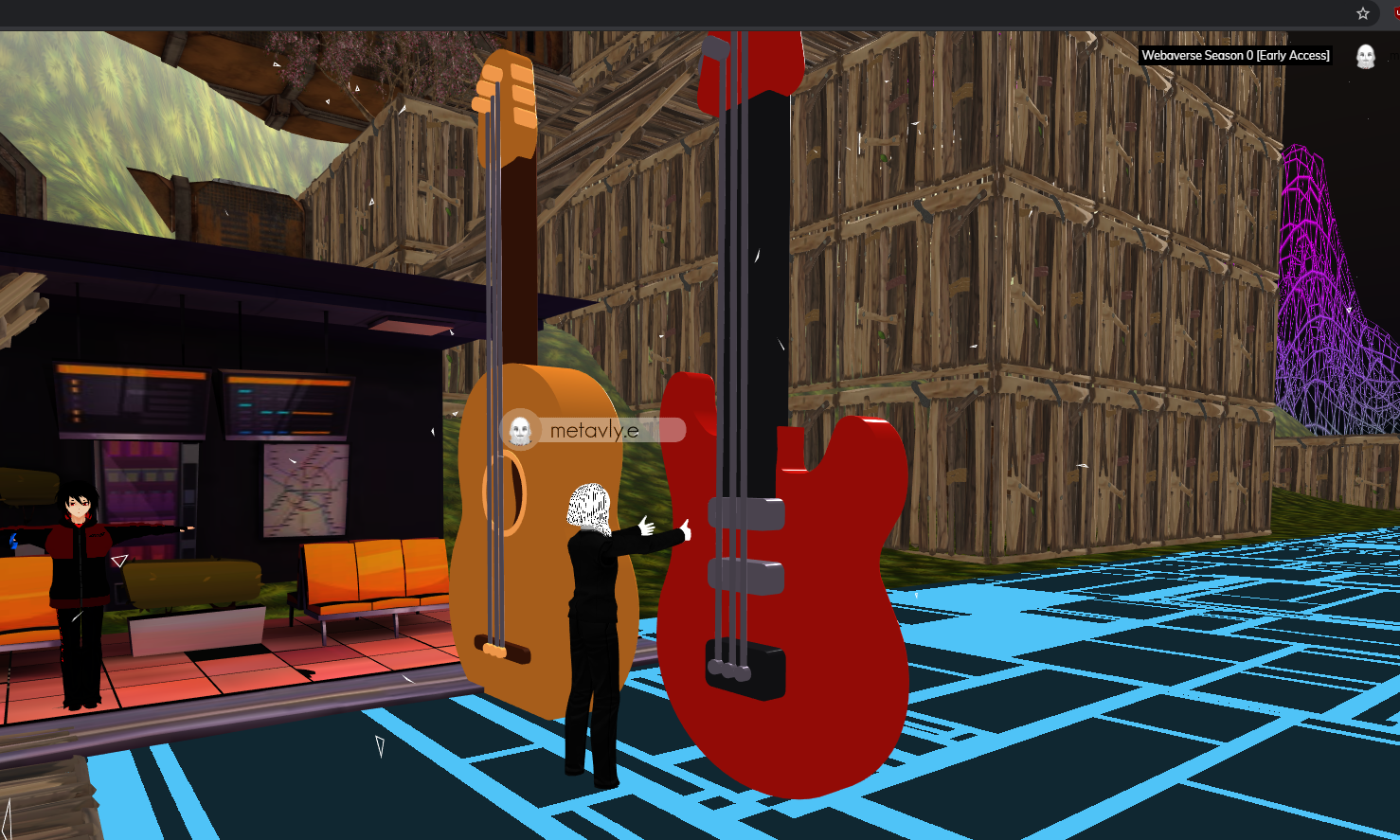
Parcels are unique in time, space, and aesthetic. Walking down the street is like walking through time. It's exploring the blockchain back to the origin, where the road is the chain and each season is a block.
What's in next season? You help decide. This is the golden age of metaverse experimentation, each season is a fresh start.
Season one is taking shape now on the map: https://map.webaverse.com
Part five is the community
Many of us are on Discord, so we should be able to control the metaverse from there.
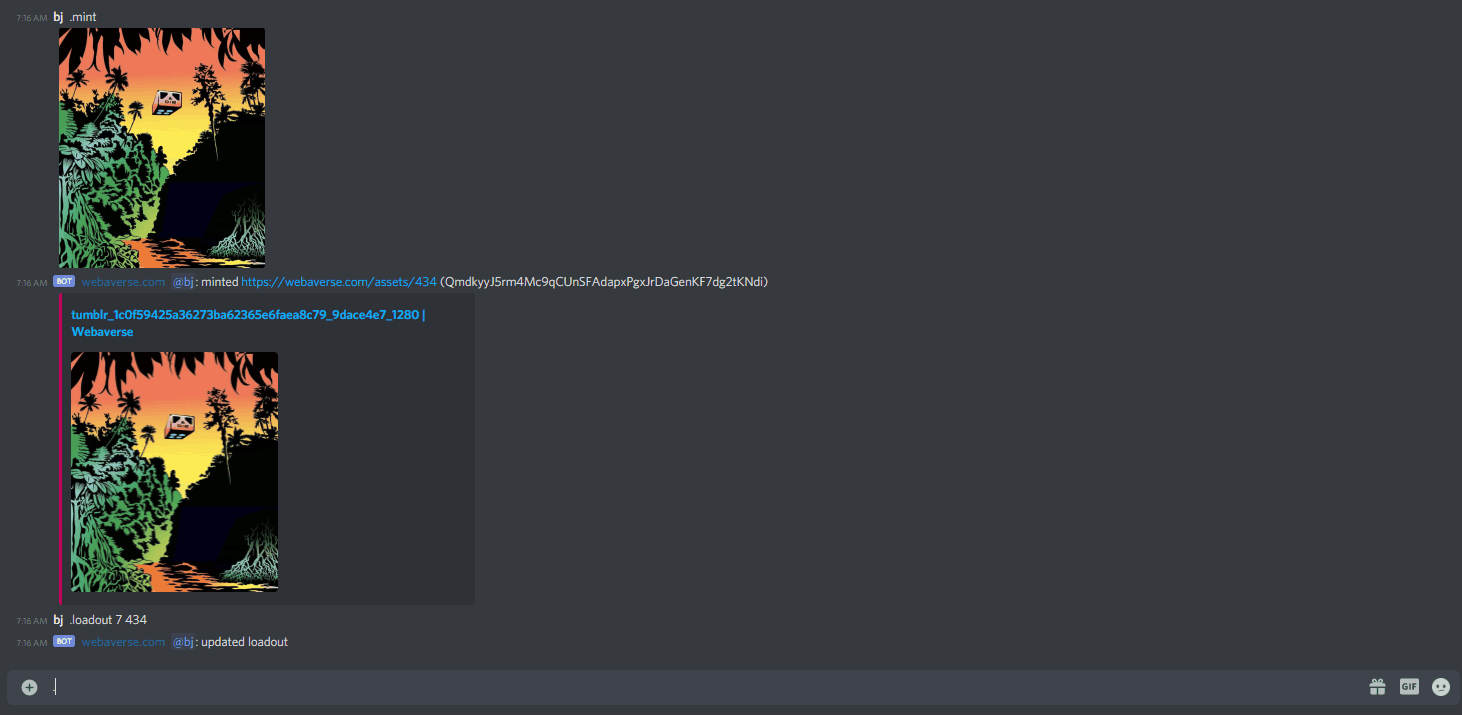
We made a bot that lets you drop files to create NFTs, trade with one another, explore the ecosystem, and join multiplayer parties. Its a familiar interface that socializes and simplifies the Ethereum onboarding experience for everyone.
The bot works across Discord servers, bridging communities with NFTs. When you travel to another server with the bot, your identity and all your stuff carries with you.
Everyone on Discord gets a wallet (no setup), and NFTs are fast and free to trade because we use an Ethereum sidechain. You can withdraw your NFTs into MetaMask/OpenSea for the price of gas.
Discord is where we meet, as a DAO, to design the seasons, neighborhoods, parcels, and NFTs of The Street. Join us: https://discord.gg/R5wqYhvv53
